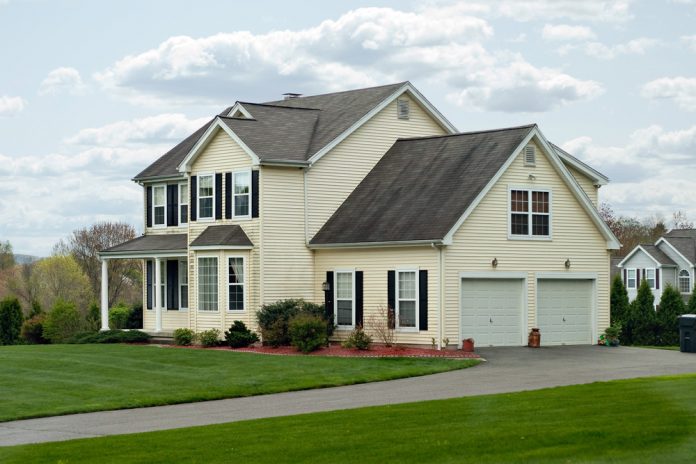The siding of our homes doesn’t always get the attention it deserves. However, it has an extremely important role in determining a home’s integrity, energy efficiency, and overall aesthetics. High–quality and well-maintained siding can significantly influence the property value and curb appeal of a home. Most importantly, the siding of a home protects it from the elements such as debris and pests, inclement weather, extreme heat, and cold, etc.
When anything goes wrong with the siding of the home, the homeowner runs the risk of exposing the home to major structural issues and expensive repairs resulting from those issues. Noted siding company SuperiorPRO mentions that the homeowners can ascertain the time for siding replacement by identifying certain signs.
Mentioned below are some of the signs that your siding needs to be replaced.
- Rotting, warping, or cracking of your siding are the most obvious signs that your siding is damaged beyond repair. Visually inspect your house thoroughly by walking around and don’t ignore the smaller cracks. Try to figure out whether the layer beneath is solid enough, or it tends to succumb when you touch it. Rot can also be found beneath the warped or cracked portions of the siding. In such cases, seek professional help without any delay.
- If you notice the formation of bubbles or blisters beneath the siding’s surface, do not take it lightly. The presence of blisters and bubbles indicates the presence of water within the siding. One of the primary purposes of your siding is to protect the home from moisture. Therefore, any moisture-related problem is a clear indication that the siding is no longer performing its job.
- Homeowners must keep an eye out for mold, fungus, or other types of growth appearing on their siding. These substances are found in places with adequate moisture. Therefore, their presence means that water has somehow penetrated into the siding. Naturally, this is another cause for the replacement of your siding.
- You may sometimes see the siding losing its color and becoming faded over a period of time. This is a surefire indication that the siding is failing to perform its weatherproofing function properly. Though this doesn’t make the siding useless, it makes sense to consider upgrading the siding before the issue snowballs into a serious crisis.
- In most instances, it is sufficient to paint a home once every eight to ten years. However, oftentimes, homeowners require a much more frequent repaint of their homes. Please note that this problem may have nothing to do with the paint, but the siding below the paint. Chipping or peeling paint strongly indicates that the time has come to replace the siding.
- A high energy bill is yet another indicator of a non-functional siding. However, many factors can be responsible for above-average electric bills. If you are sure that there are no faulty insulation, drafty windows, or leaky attics, bad siding could very well be the factor responsible for your high bills. Retention of cold and heat is one of the core functions of a siding. Damaged or old siding will not provide adequate insulation, and the same is reflected in the energy bill.
- At times, poor siding outside the home may even show up within your living space. Significant damage can be caused to the home if the siding allows moisture to get into the walls. Peeling paints and loose wallpaper are two indications that your siding is failing to protect your home from moisture.
If you notice any of these signs, take immediate measures to prevent further damage. Include a new siding in your home improvement plan for the year.
Find a Home-Based Business to Start-Up >>> Hundreds of Business Listings.















































